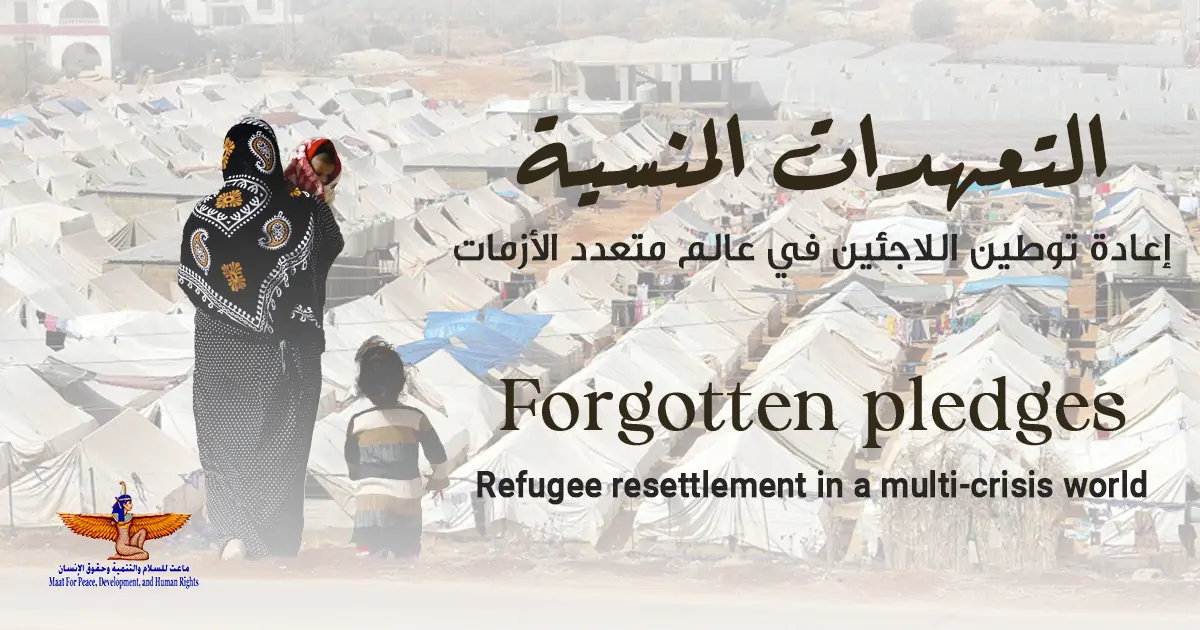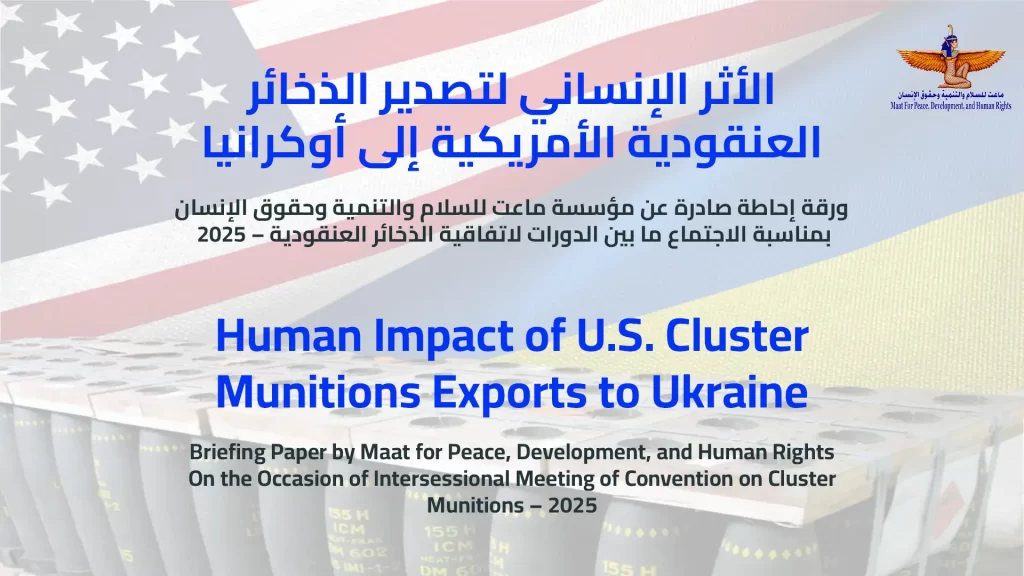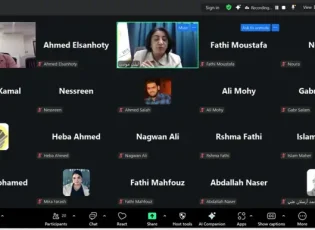Introduction:
Resettlement represents an essential and indispensable opportunity for refugees fleeing the dangers of armed conflict and violence and who have not found safe haven in host countries, and this process leads to a permanent refugee solution in a third country for refugees who are unable to integrate locally or return to their home country. Resettlement allows refugees to enter a third country legally and safely. Resettlement involves selecting and transferring refugees from the country in which they have sought protection to another country that will accept them as refugees with permanent resident status. However, there are only a few places available for resettlement. Each country independently determines the number of resettlement places and the countries from which it receives refugees. Every year, the number of people wishing to resettle far exceeds the available places. Although resettlement is not a right and is not available to every person granted refugee status. In recent years, high-income countries have undertaken plans to resettle their refugees and grant them protection in cooperation with the United Nations High Commissioner for Refugees and to implement the Global Compact on Refugees. However, these countries did not fulfill their promises, and a gap remained between the resettlement needs estimated by the United Nations High Commissioner for Refugees and the obligations of the countries undertaking resettlement. In 2022, only 24 member states accepted refugee resettlement requests from refugees from 84 countries, and while there were 1.5 million refugees in need of resettlement, only 7% of them were resettled . The United Nations High Commissioner for Refugees estimated global resettlement needs in 2024 at about 2.4 million refugees, and with more than 90 days passing, resettlement operations are proceeding at a very slow pace . According to available data, there is a record increase in global resettlement needs year after year. In 2023, the United Nations High Commissioner for Refugees estimated global resettlement needs at more than 2 million, which is an increase from the same global resettlement needs that were estimated at about 1.4 million in 2022. The 2023 statistics represent an increase of 36% compared to resettlement needs in 2022.
Resettlement is a beneficial process for refugees, as it gives them another opportunity to obtain a decent standard of living, including adequate housing, and to integrate into societies that recognize their rights. For countries, resettlement is an opportunity to show international solidarity with other countries and people in need of international protection, and for receiving societies Resettlement allows for the effective reception and integration of recognized refugees. Refugees often thrive and contribute widely to their communities, build families, and obtain citizenship. There are three traditional solutions that the United Nations High Commissioner for Refugees (UNHCR) has worked on for refugees: voluntary return to the countries of origin, integration into the country of asylum, or resettlement in a third country. In the spirit of sharing responsibility towards refugees, high-income countries have pledged to accept numbers of refugees through resettlement programs. However, there remains a gap between the global needs estimated by UNHCR and the reality on the ground. For example; European Union member states have pledged to resettle more than 20,000 refugees in 2022[3]. However, only more than 16,000 people were eventually resettled, and even these pledges, even if fully implemented, do not cover global resettlement needs. For example; Refugees resettled in EU countries in 2022 will represent only 1.1% of global resettlement needs. In the United States, resettlement operations have not returned to what they were before 2017 and have not reached the annual average of resettlement operations. In the last three years, the United States has remained far from returning 70,000 refugees annually, which is the average resettlement in the United States.
There are innovative initiatives and additional solutions to strengthen the resettlement system, such as complementary pathways, which is a mechanism through which refugees can obtain protection, but it differs from the official refugee resettlement process authorized by the United Nations High Commissioner for Refugees. It usually involves specific admission criteria, regardless of refugee status, that refugees must meet to access it. There are three categories of complementary pathways: humanitarian pathways, skills-based pathways, and community-based pathways. Complementary humanitarian pathways may include humanitarian admission programs, humanitarian visas, and family reunification. Complementary skills-based pathways include employment- or education-based migration opportunities, such as jobs or scholarships offered to well-qualified refugees. Community-based complementary pathways are initiatives through which citizens, community groups, or non-profit organizations can sponsor refugees individually, but even these complementary pathways, which are not a substitute for government resettlement programs, do not attract large numbers of refugees. All of the above prompted Maat for Peace to attempt to analyze the pledges of high-income countries and major economies that made promises in favor of resettlement, to come up with results and recommendations to strengthen resettlement programs. Maat took advantage of the Special Rapporteur on the Right to Adequate Housing’s reference to the issue of “resettlement” to raise this crucial issue. Maat for Peace, Development and Human Rights launches this report on the sidelines of the 55th session of the Human Rights Council. The report focuses on the pledges made by countries to resettle refugees and the extent to which these countries have implemented their pledges. The first section of the report focuses on the country and geographic distribution of resettlement needs, and the second section on the pledges of the ten economic countries. The major issue in resettlement and the third section focuses on the gender dimension of resettlement processes, while the fourth and final section focuses on the challenges facing resettlement.
There are innovative initiatives and additional solutions to strengthen the resettlement system, such as complementary pathways, which is a mechanism through which refugees can obtain protection, but it differs from the official refugee resettlement process authorized by the United Nations High Commissioner for Refugees. It usually involves specific admission criteria, regardless of refugee status, that refugees must meet to access it. There are three categories of complementary pathways: humanitarian pathways, skills-based pathways, and community-based pathways. Complementary humanitarian pathways may include humanitarian admission programs, humanitarian visas, and family reunification. Complementary skills-based pathways include employment- or education-based migration opportunities, such as jobs or scholarships offered to well-qualified refugees. Community-based complementary pathways are initiatives through which citizens, community groups, or non-profit organizations can sponsor refugees individually, but even these complementary pathways, which are not a substitute for government resettlement programs, do not attract large numbers of refugees. All of the above prompted the Maat Foundation to attempt to analyze the pledges of high-income countries and major economies that made promises in favor of resettlement, to come up with results and recommendations to strengthen resettlement programs. The Maat Foundation took advantage of the Special Rapporteur on the Right to Adequate Housing’s reference to the issue of “resettlement” to raise this crucial issue. The Maat Foundation for Peace, Development and Human Rights launches this report on the sidelines of the 55th session of the Human Rights Council. The report focuses on the pledges made by countries to resettle refugees and the extent to which these countries have implemented their pledges. The first section of the report focuses on the country and geographic distribution of resettlement needs, and the second section on the pledges of the ten economic countries. The major issue in resettlement and the third section focuses on the gender dimension of resettlement processes, while the fourth and final section focuses on the challenges facing resettlement.

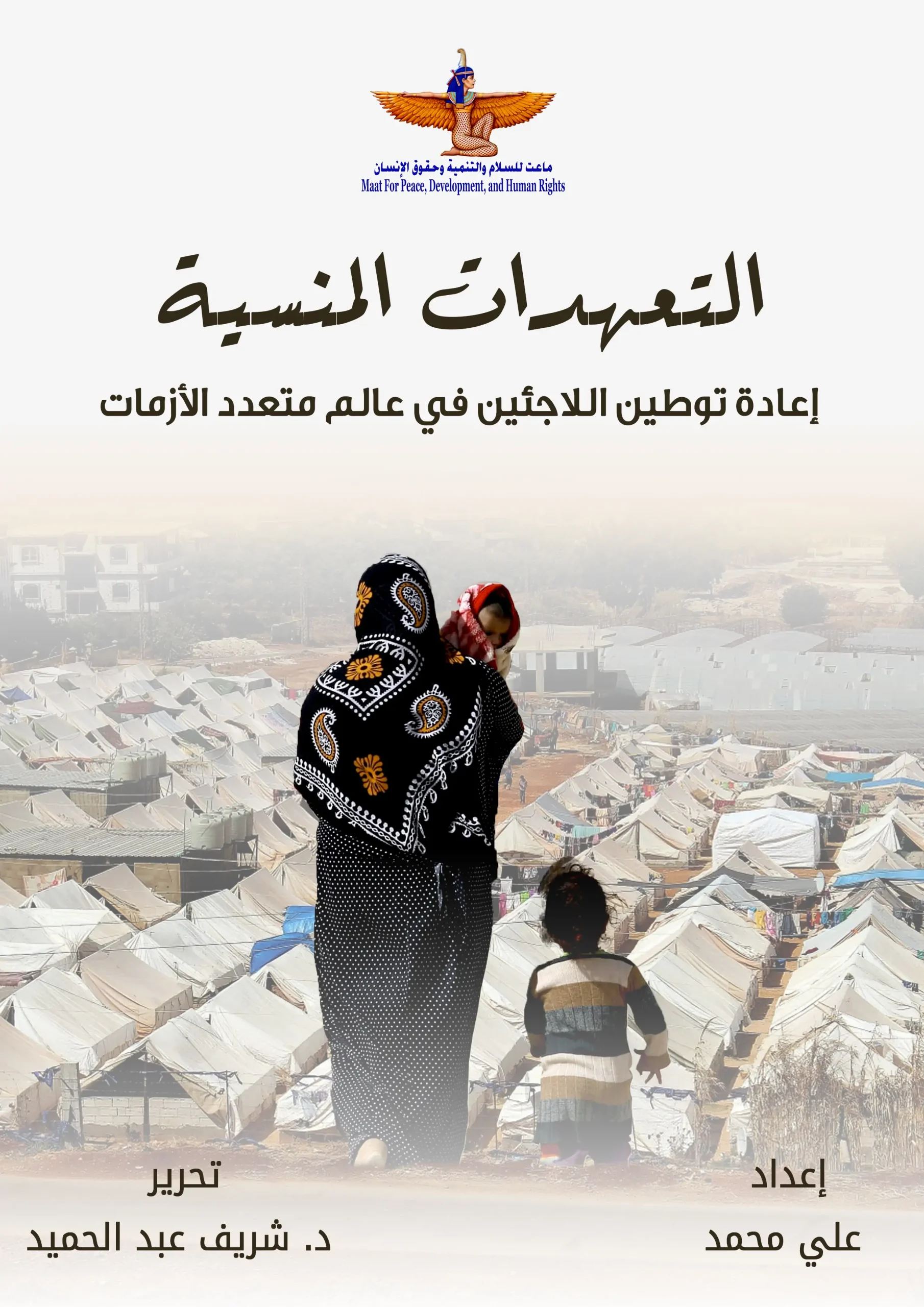 |
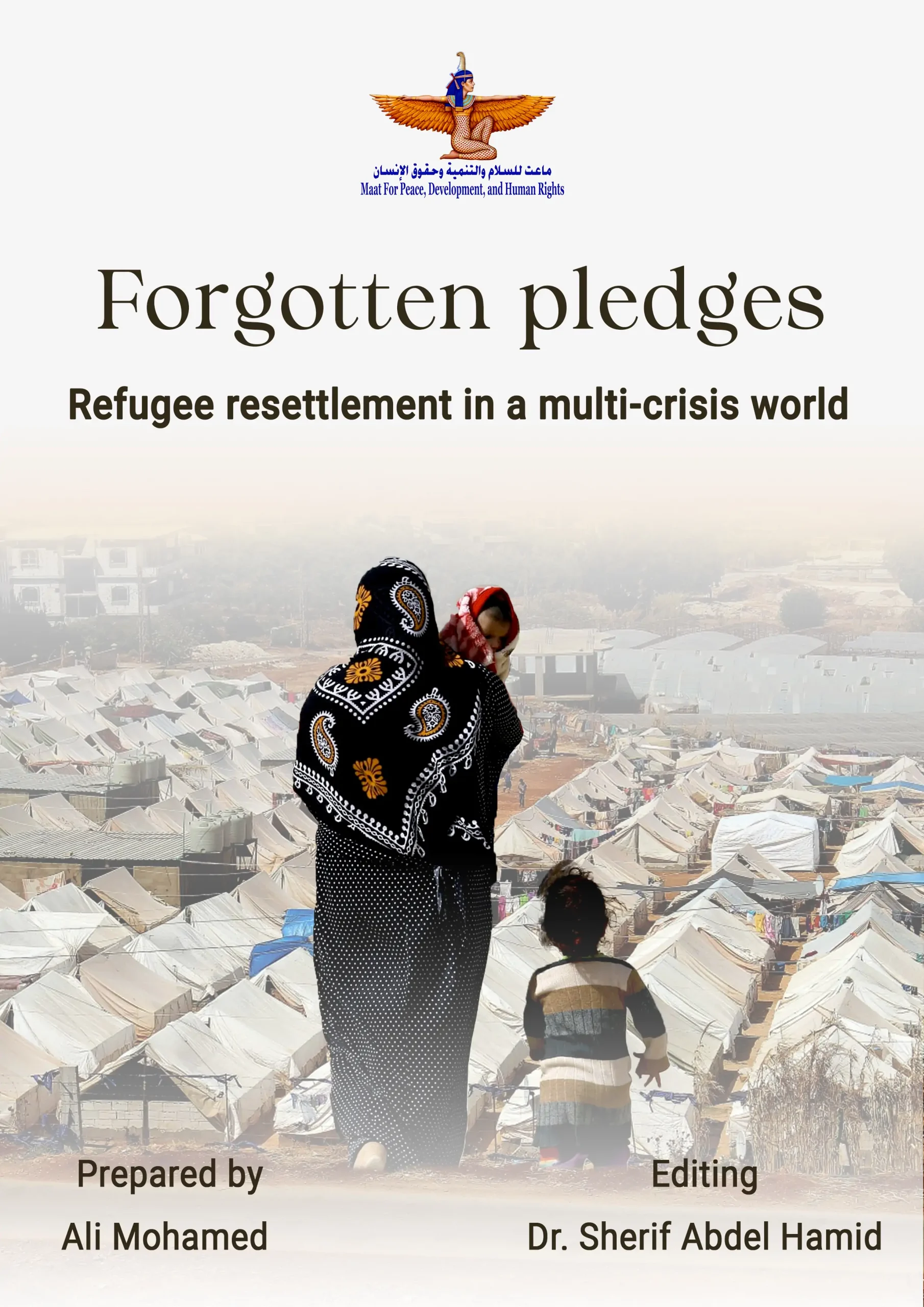 |
shortlink: https://maatpeace.org/en/?p=41729


